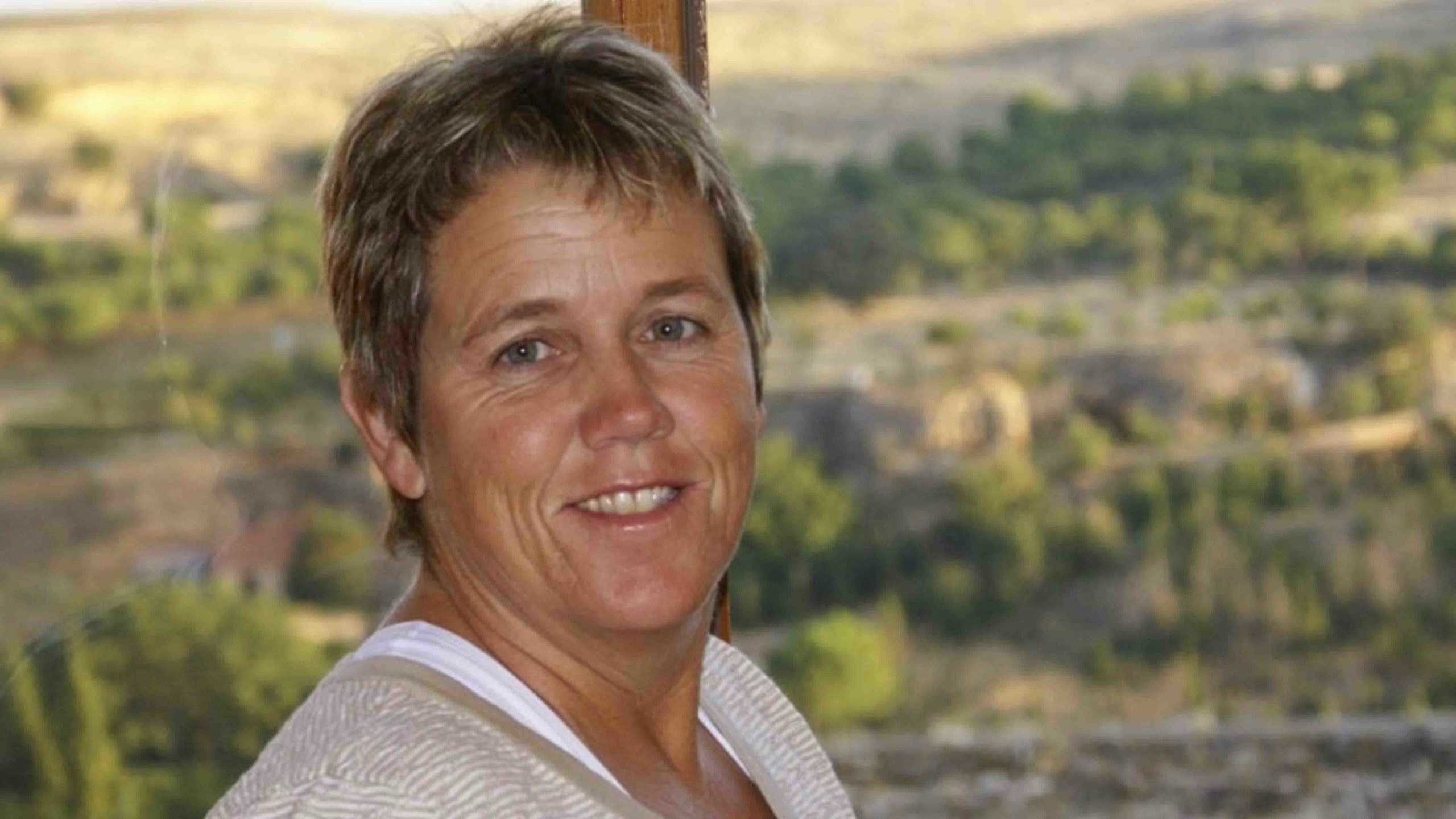The ecological theory that wolves create a landscape of fear for prey animals has gained widespread acceptance. Pursuant to this theory, impacts to wild prey aren’t just limited to the direct impact of predation but extend to indirect impacts such as those demonstrated when wild animals such as elk behave more vigilant when sharing a landscape with wolves. Domestic livestock herds that have been subject to wolf attack behave in the same manner, and these “indirect” impacts can result in reduced weight gains, reduced conception rates, etc.
A “landscape of fear” may also be what causes most wild wolves to avoid areas with human settlements and activity. In those cases, humans are the species causing the fear in wild animals.
A new paper published in the scientific journal Frontiers in Ecology and Evolution takes these ecological theories one step further, in proposing that Swedish farmers who keep livestock in large carnivore areas experience a “landscape of stress.”
The paper suggests: “The ‘landscape of stress’ for sheep owners when coexisting with wolves and other large carnivores suggest that sheep owners’ behaviour is somewhat similar to behaviour described for prey in the ecology of fear. They respond to the carnivore presence and change their behaviours in accordance with the experienced probability of a predator attack.”
The paper stated, “Similar to the vulnerability of female elk and bison with young offspring in Yellowstone’s wolf areas, livestock farmers care for their livestock, and are expected to become more vigilant at the presence of potential threats to their animals.” While direct interactions with wolves may result in financial losses, a farmer’s concern for the welfare of his animals “may also imply that indirect interactions, in which the mere perception of the presence of wildlife or reflection on previous experiences and learning, can trigger negative thoughts and feelings.”
The paper cited a Norwegian study that found human stress levels “were impacted by the farmers’ attachment to their livestock, their lack of control in reducing their own stress after predation events (combined with a lack of trust in the authorities), and their perceived need to make changes to their everyday lives in order to handle the ambient pressures caused by the presence of wolves.”
These sheep owners who lived in areas where sheep had been lost to wolves “scored significantly higher on psychological stress than did farmers without sheep production in these areas, as well as sheep owners elsewhere in Norway. Sheep owners who had experienced wolf attacks, also reported in follow-up interviews that they had experienced sleeplessness, guilt, and a constant state of anxiety.”
The authors propose that it is plausible that the responses that sheep owners have to the stress of large carnivores can have cascading effects on the species composition in the landscape. For examples, when sheep farming is halted, or if sheep are gathered in fields near human settlements, “trees, bushes and grasses take over the abandoned grazing areas and the abundance and species richness of flowering plants and herbs diminish. … Thus, the landscape of stress could, just like the landscape of fear, imply cascading effects for biodiversity and species richness/abundance on a landscape level.”
The Swedish paper considers sheep owners as part of the same social-ecological system in which wolves occur, and suggest that this type of interdisciplinary understanding of coexistence should serve as a starting point for wolf management in the future. They note, “These are not separate worlds, but rather they are depicted by different scientific perspectives providing multiple views of one system, where interactions occur and where carnivores influence humans and humans influence carnivores at some level of coexistence.”
Cat Urbigkit is an author and rancher who lives on the range in Sublette County, Wyoming. Her column, Range Writing, appears weekly in Cowboy State Daily.





